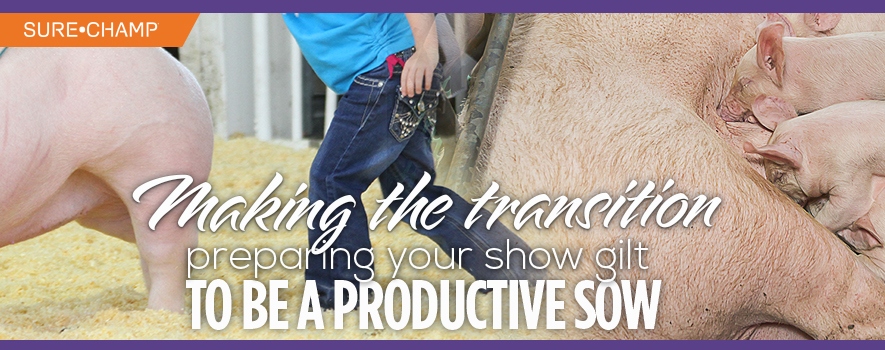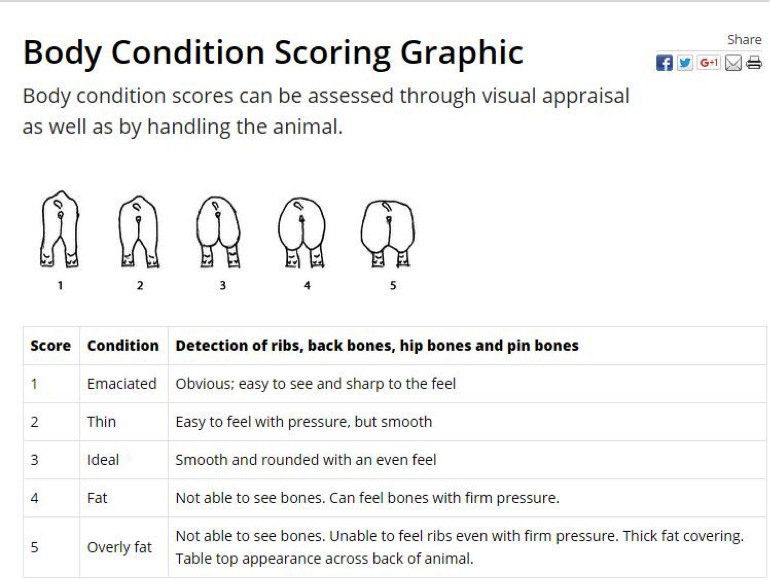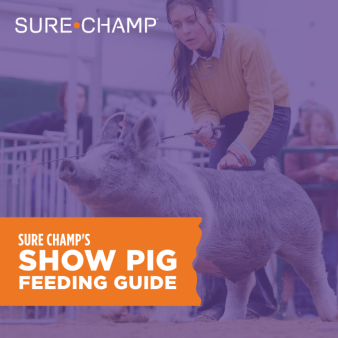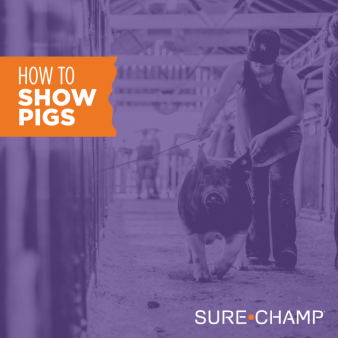
Any exhibitor of any species is going to maximize the animal’s true genetics to make it look its very best in the show ring. This includes feeding and exercising, conditioning the skin and hair and making sure that the animal looks spot-on each time it walks into the show ring.
But, have you given thought about how that young gilt will function as a producing part of your sow herd after her days in the show ring have ended? Will she come into heat readily? Does she need to be vaccinated or quarantined? Nick Mauck, Mauck Show Hogs in Gaston, Indiana, offers advice for making the transition from show gilt to mama sow.
Mauck suggests three key areas to focus on when bringing show gilt back into production and planning to breed them for that first time: quarantine, vaccination and body condition.
Quarantine
It is highly recommended to isolate your gilts for at least 35-45 days when bringing them back to the farm. In an ideal scenario, the gilts would be isolated for 60 days, but 35 days is the minimum that gilts being introduced to the herd must be quarantined. Mauck suggests breeding the gilts in isolation and moving them to the farrowing house the last 30 days of gestation prior to farrowing.
Vaccination
Because your show gilt has been exposed to numerous other pigs at various shows since her last round of vaccinations, and she is getting ready to transition into a stressful time of her life, getting her vaccinated when she returns to the farm is critical. The three most important vaccinations she can receive, according to Mauck, include: FluSure XP™, FarrowSure® Gold B, and a parasite-control like Dectomax® or Ivermectin®. As always, check with your local veterinarian for his or her recommendations, and see if a PRRS vaccine or any other vaccination is needed at this time of pre-breeding.
“The need to spend dollars on vaccine is greater now than ever,” Mauck said. “With the restrictions on medications in feed, there is an increased demand for vaccinations to increase the production potential of these animals.”
Nutrition and Body Condition
Perhaps the most important thing to do when getting your gilt into shape to breed and become a mother is to get her into proper body condition. This means finding a gestation feed that fits your feeding protocol and feeding her just 3-4 pounds per day.
“The feeders and exhibitors have built their show gilt to be the best she can be, but if she is over-conditioned and over-muscled she won’t be a good mama,” Mauck said. “Four pounds of gestation feed delivers proper nutrition, and even though she is hungry and loud, it is important to assure that her nutrition is right to become a mother.”
Mauck said it is ok, and even a little preferable is your gilt gets a little thin during gestation because the skinnier they are, they better they will farrow. A bigger gilt will have bigger pigs, leading to more farrowing difficulties and potentially fewer live pigs born.
Ideal body condition at time of farrowing is 2.5 to 3. See the chart below.
Getting your Gilt Bred
Once your gilt is back on the farm, has been vaccinated and is on a proper diet, she should start cycling every 18-21 days. She is ready to breed 12 hours after she is in true standing heat. Mauck encourages those getting started in the business to not be fooled by the early signs of heat, and to wait until the gilt is in true standing heat, which is indicated by a swollen vulva, pronounced underline, erect ears, and a gilt that will lock up and not move. Breed your gilt 12 hours and 24 hours after she shows those signs of true standing heat.
Although it can be a challenge to transition a show female back into production, it is often an opportunity that pays big dividends by multiplying genetics that have been proven in the show ring. Follow these simple steps of quarantine, vaccinate and manage body condition, and your gilt should turn into a productive sow with potential to grow your pig herd.


